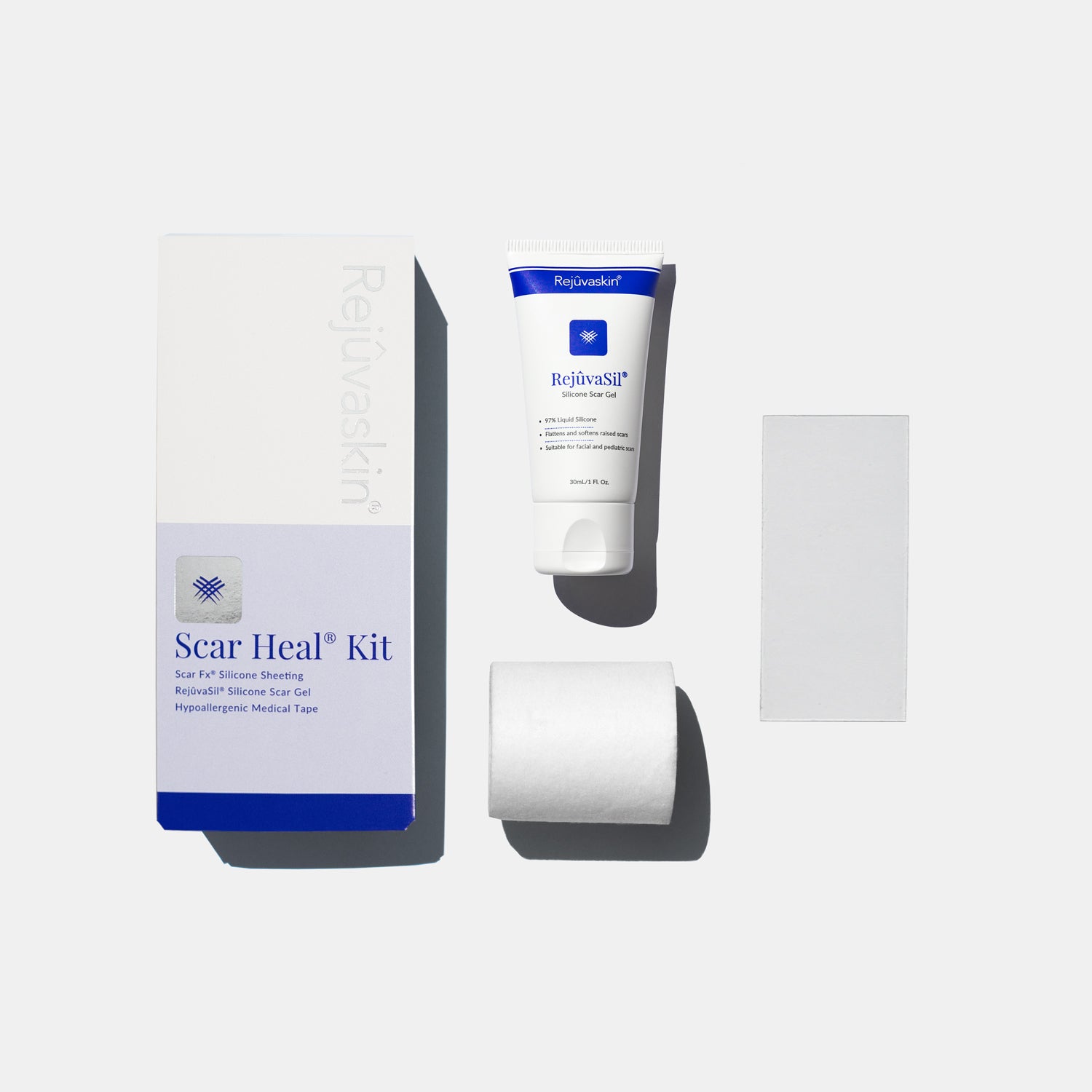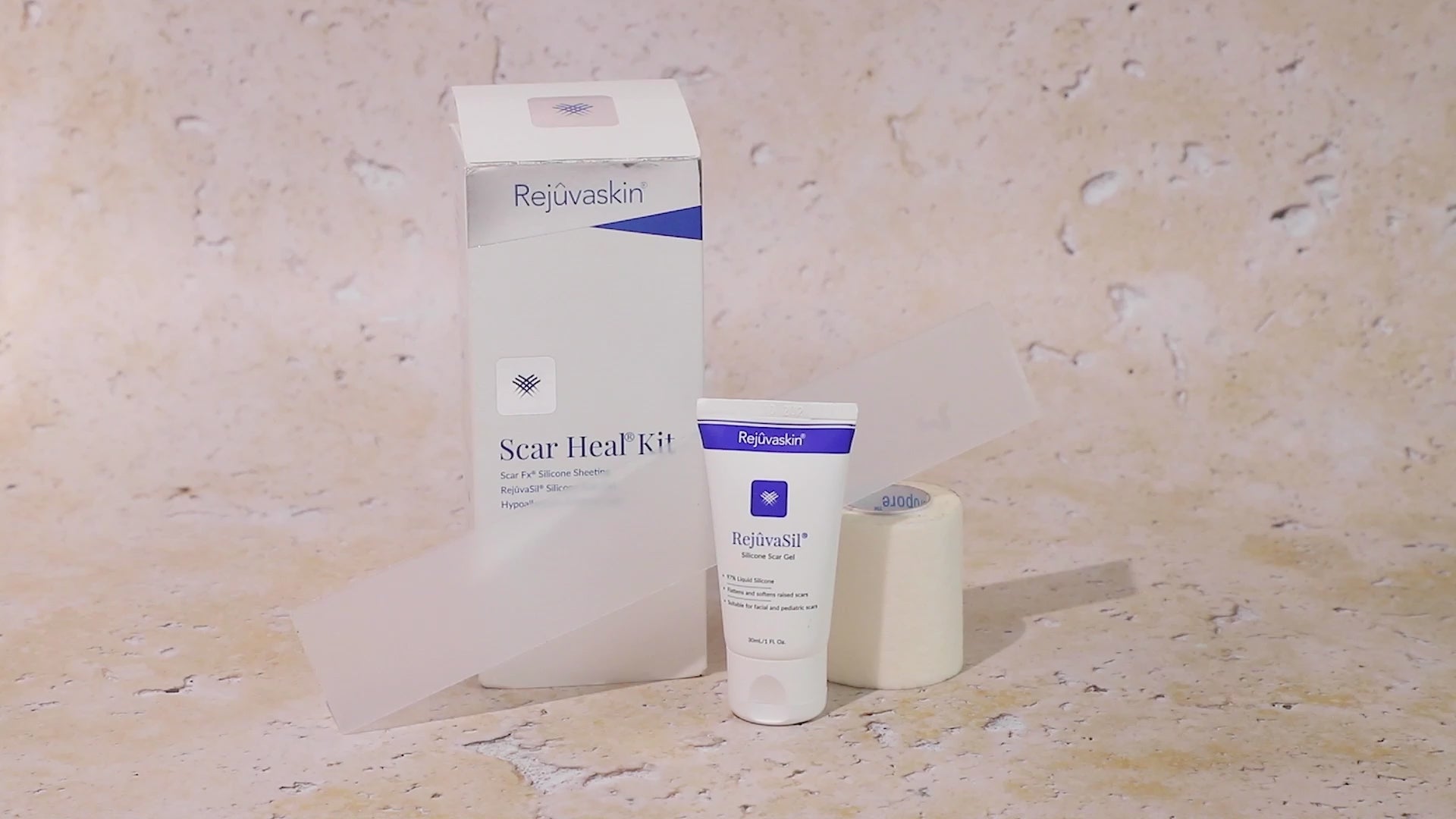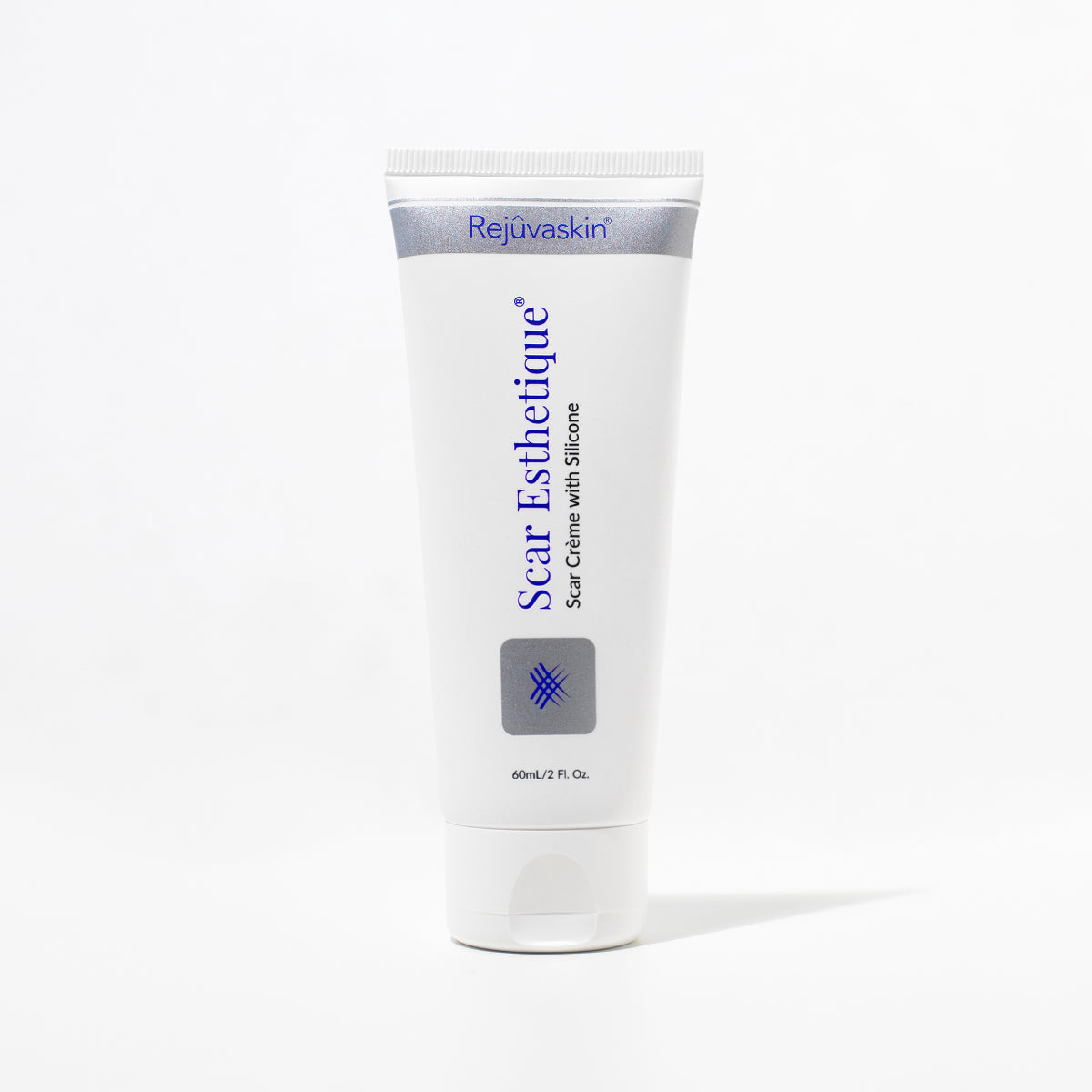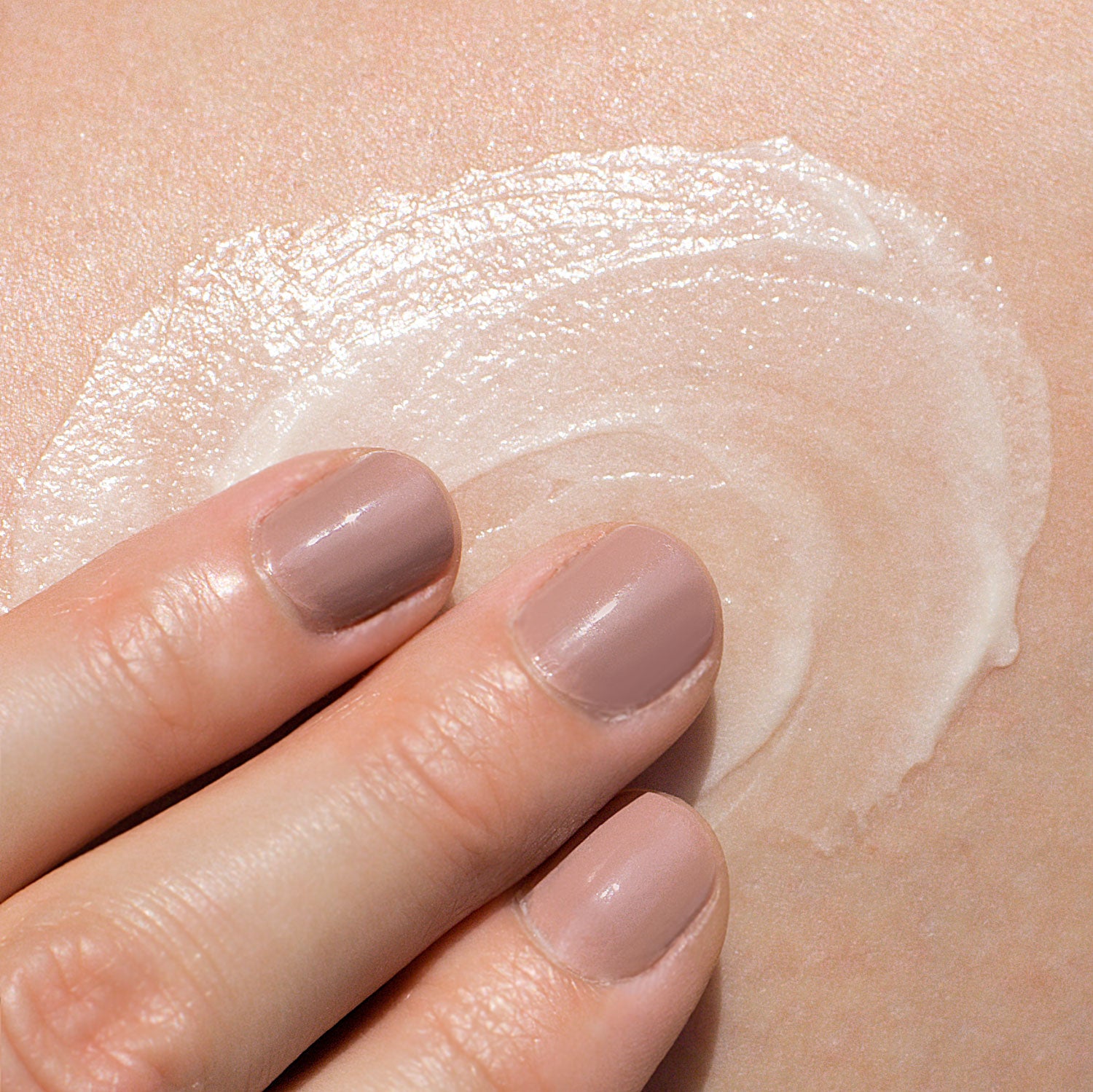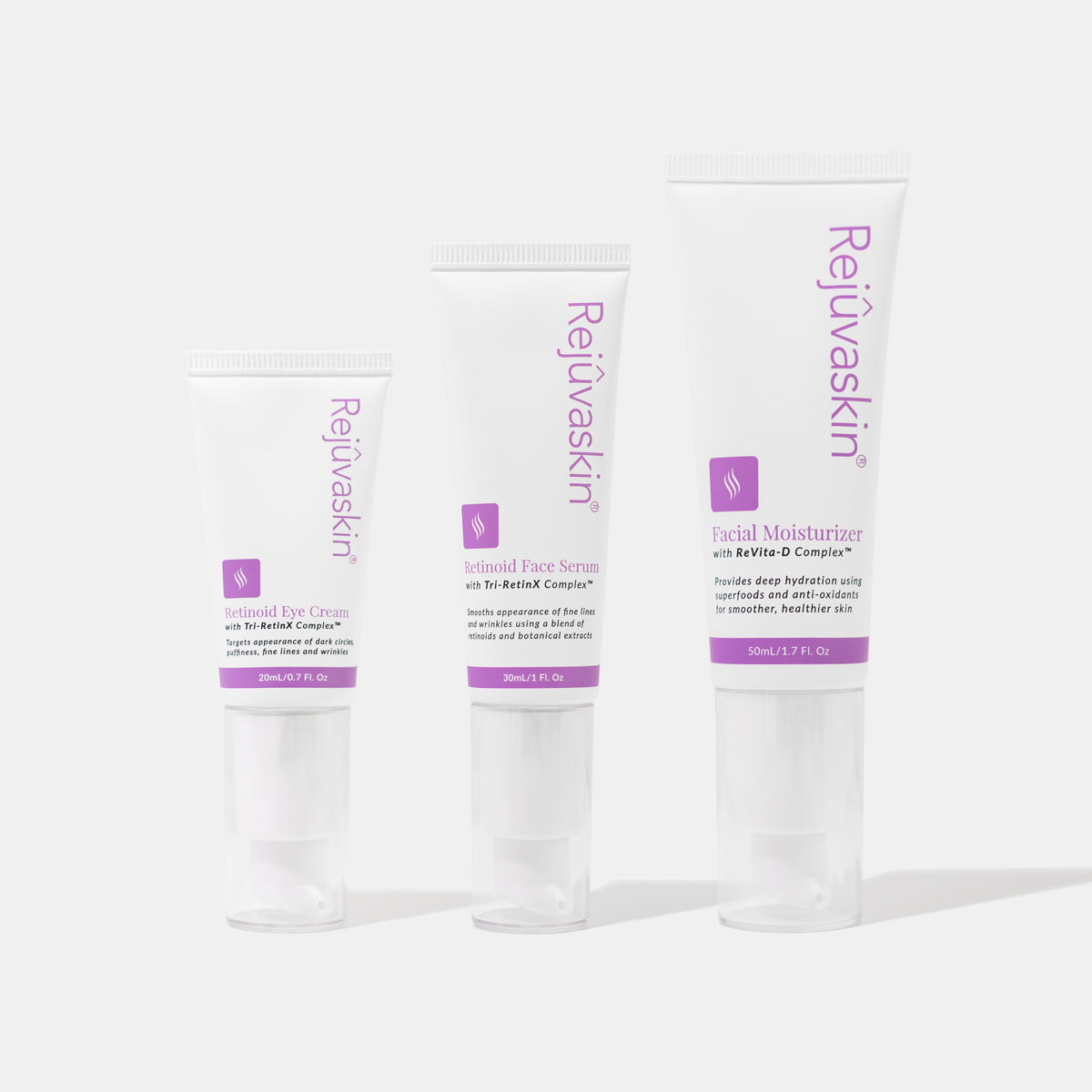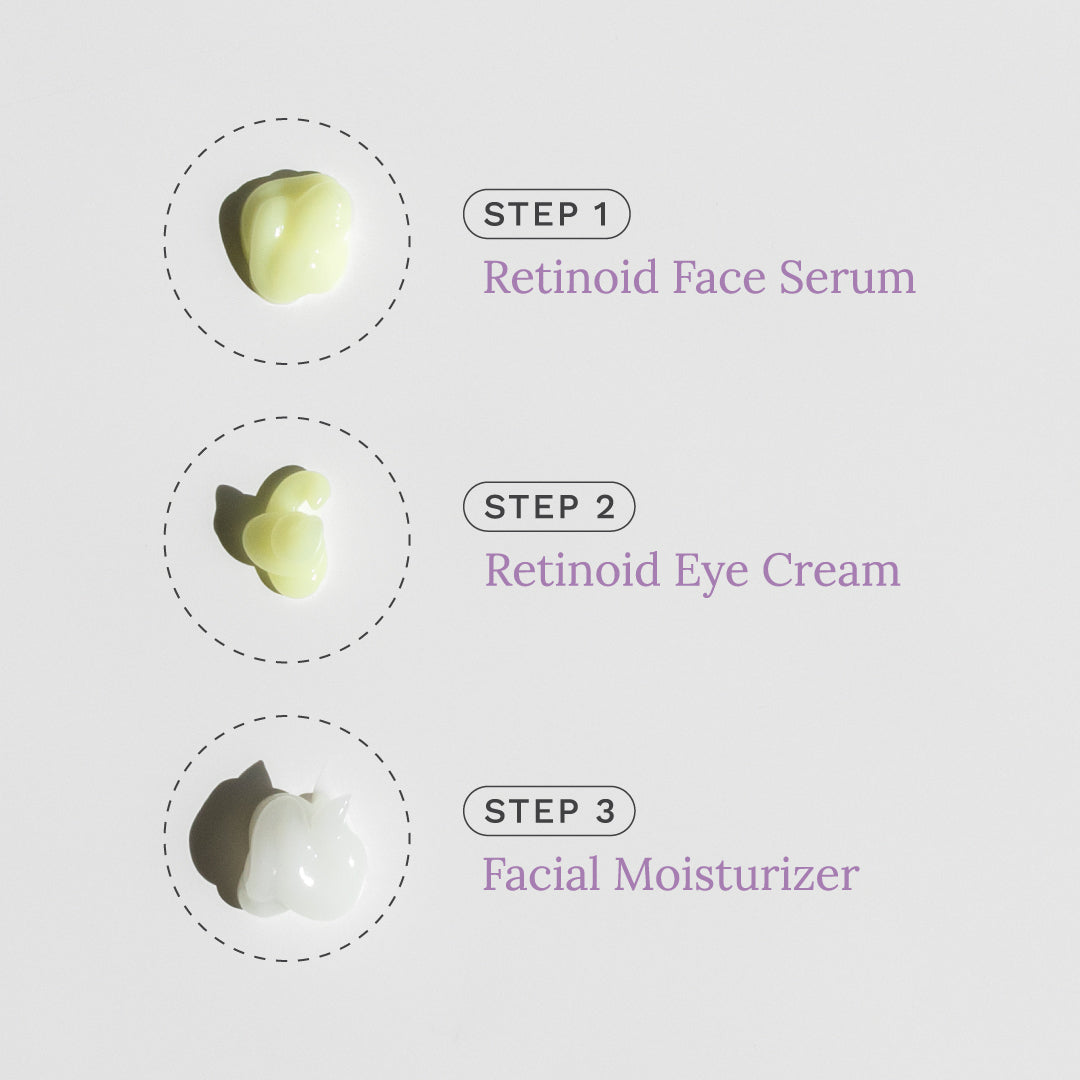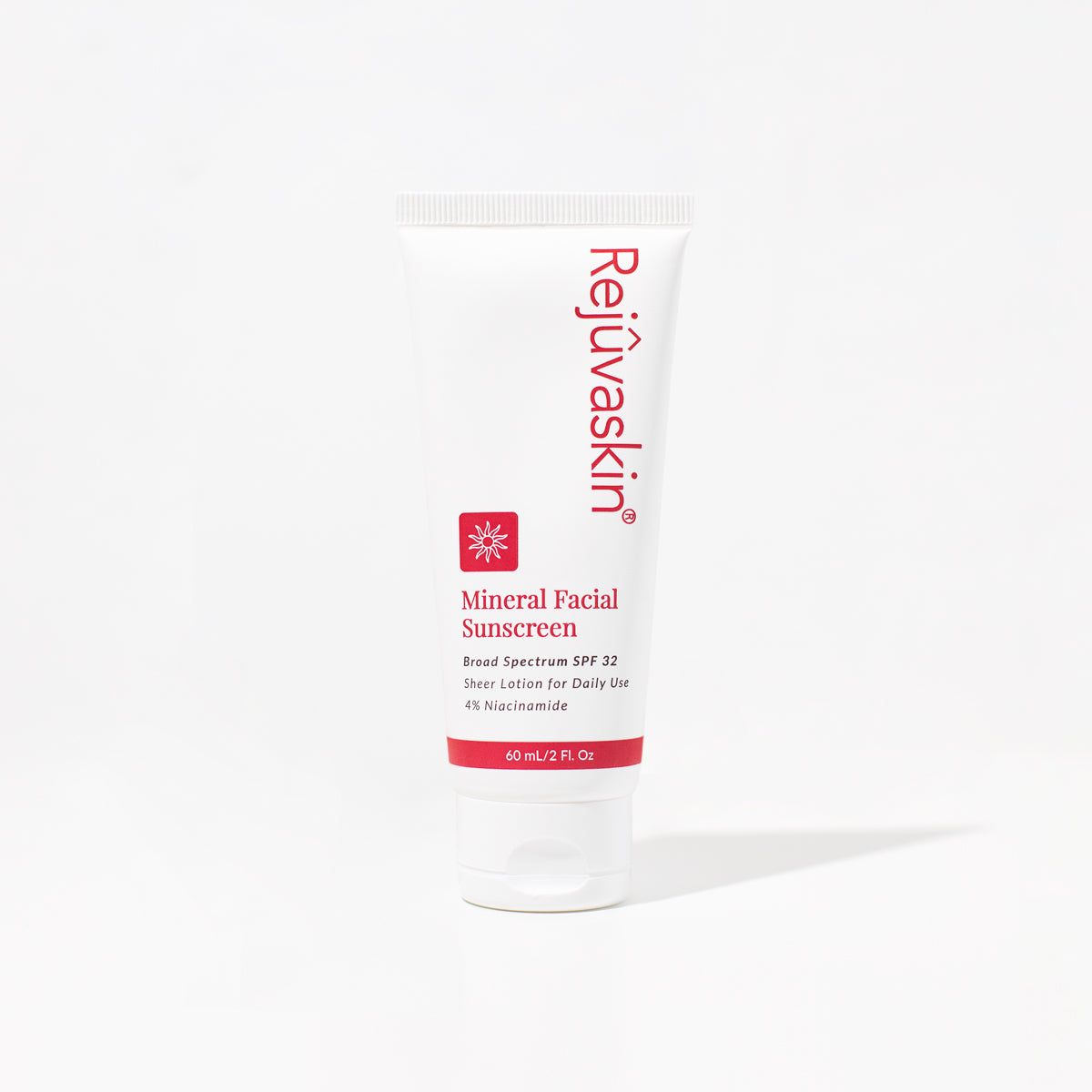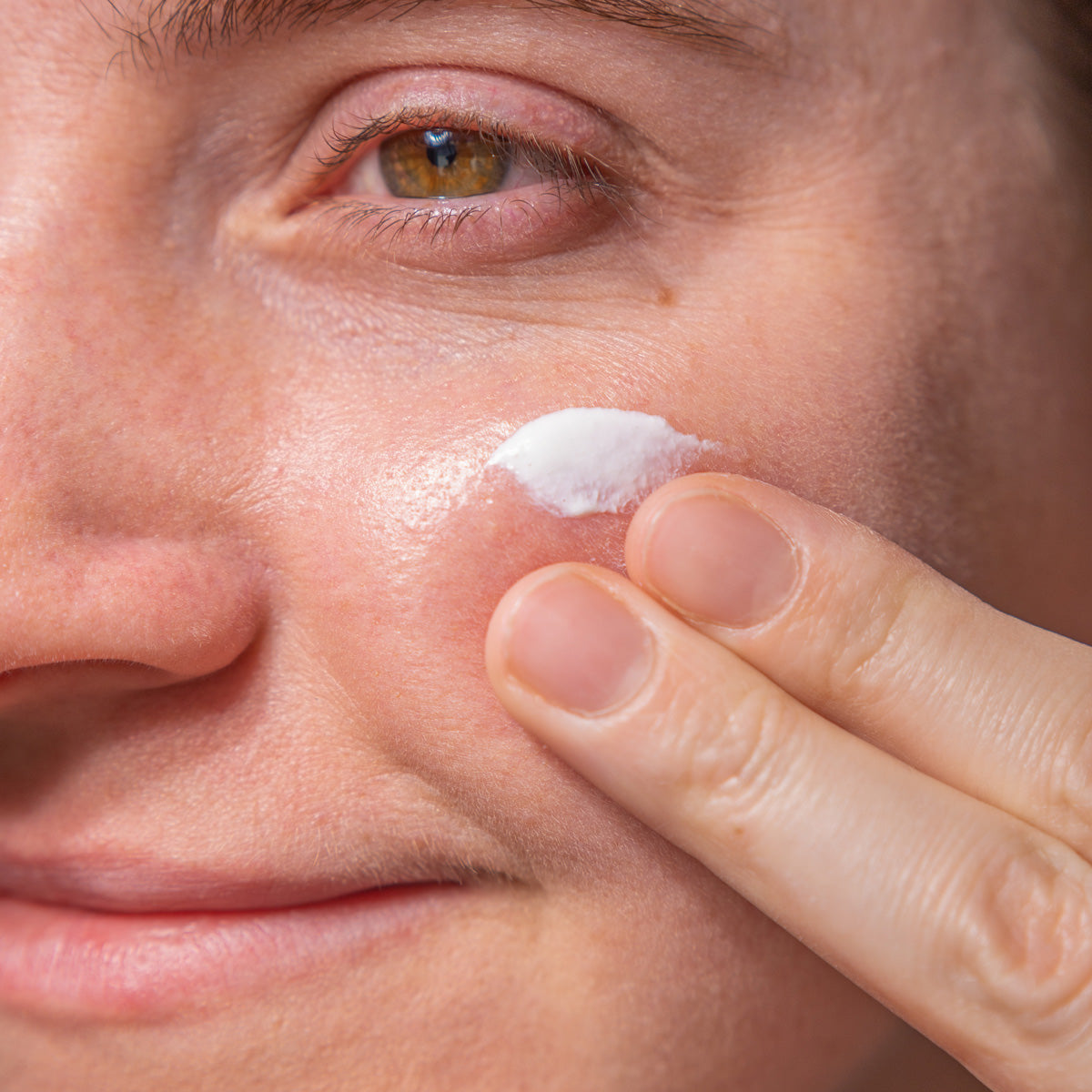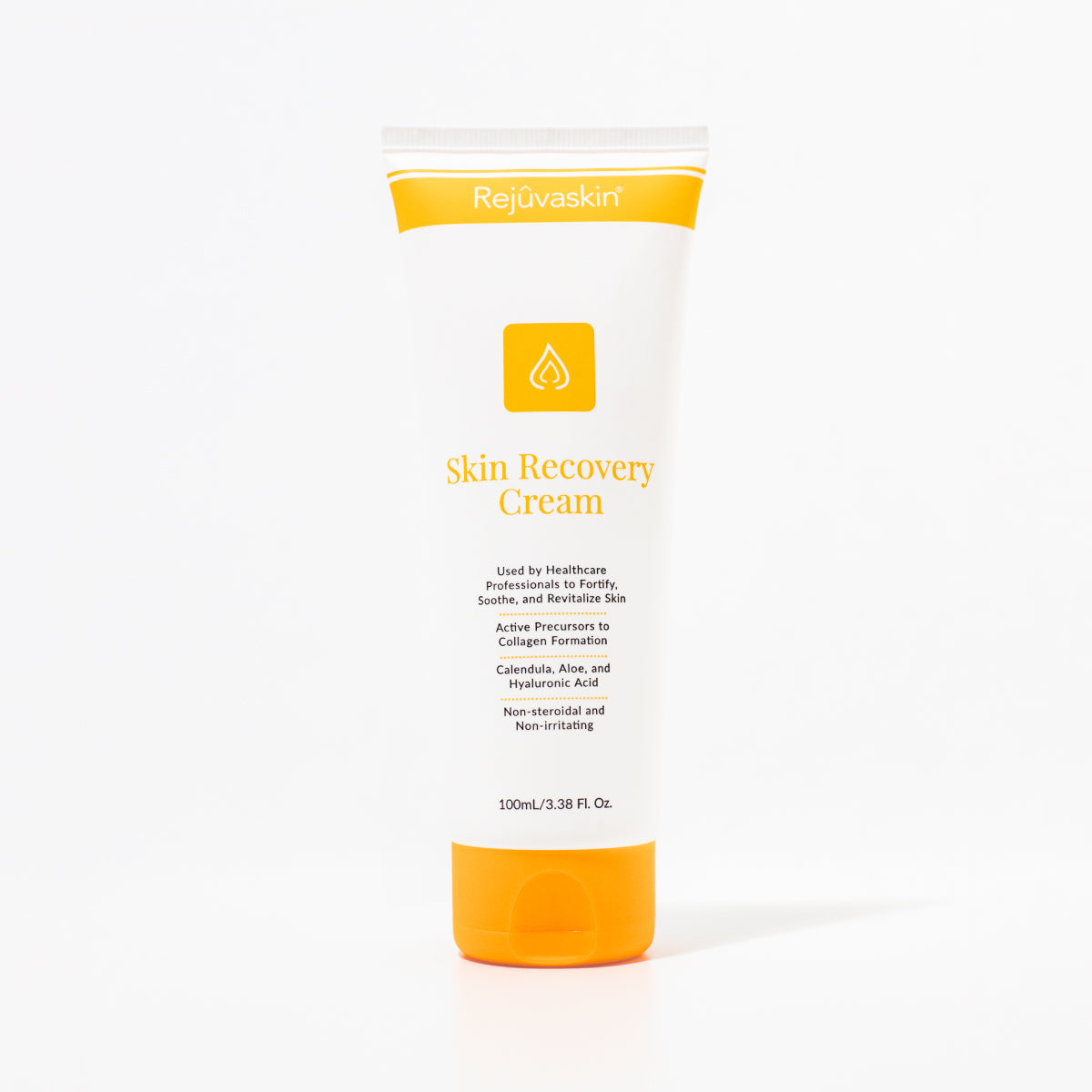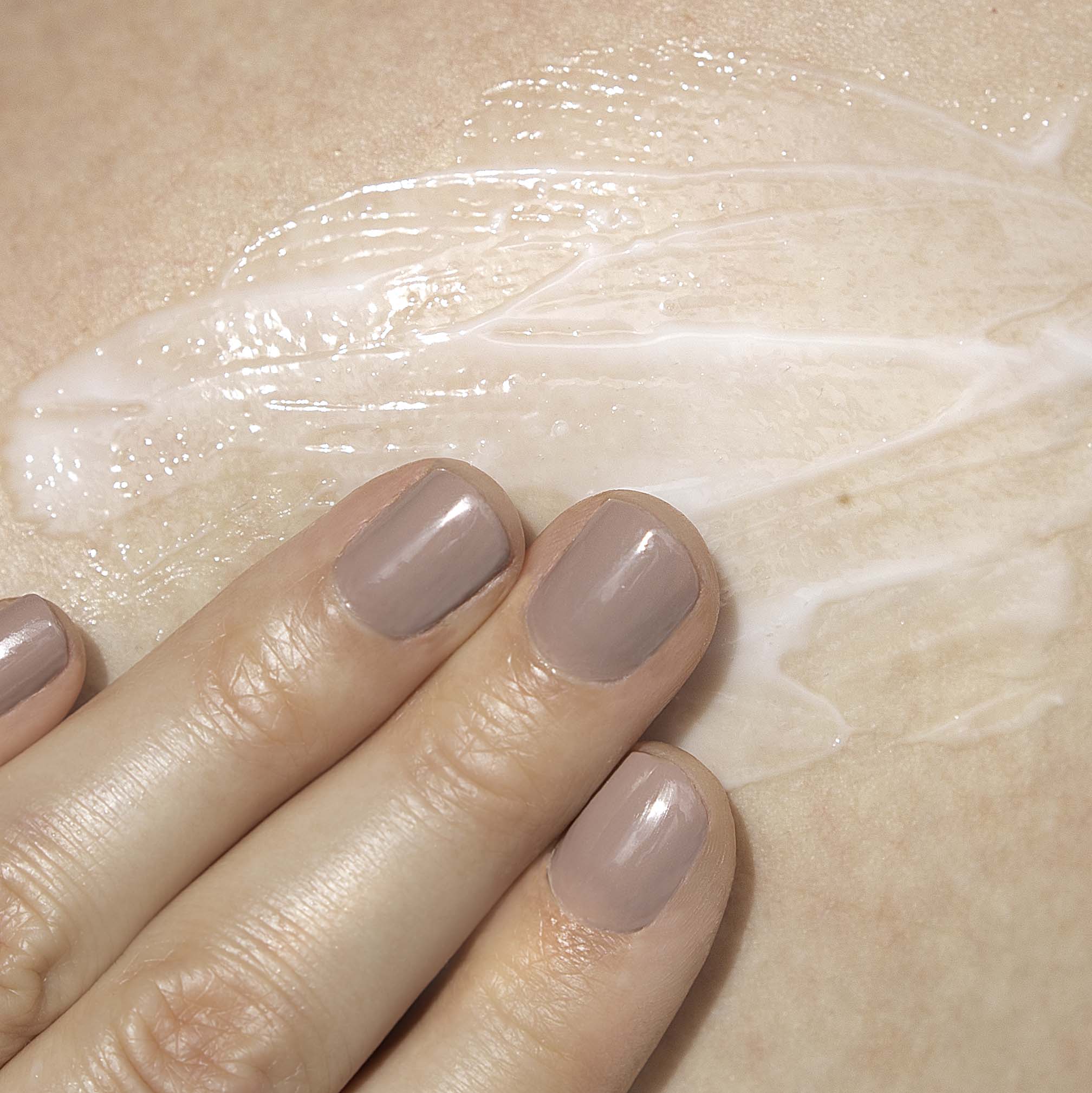Our skin does some incredible things! It helps regulate our temperature. It wards off potential invaders. Plus, it’s literally what holds us together. One of the most spectacular efforts the skin is capable of is regeneration.
That’s right the skin heals itself. The moment that you get a cut, scrape, burn, or have surgery, your skin begins a process of healing that helps ensure that everything inside stays safe. Think about that next time you get frustrated with a scar that never seems to go away. That discolored area on your skin is an attribute of a process to keep your skin healthy, clean, and functioning at a high level.
So, how does the skin actually do all of this? It really breaks down to an easily understood four-phase process of wound healing.
The Stages of Wound Healing
The healing process has 4 phases: hemostasis, the inflammatory phase, the proliferative phase, and the maturation phase. Let’s take a closer look at how all of these stages work together to heal the skin.
Stage #1: Hemostasis
Hemostasis occurs within the very first moments of receiving an injury. Its purpose is to stop the bleeding of an injury and to seal it off from the external world. Basically, the blood that is sent to the wound begins to coagulate. That is a fancy word for saying the blood is changing from a liquid to a gel. This stage of the process seals the damage until the tissue is repaired.
Stage #2: Inflammatory Phase
Once the wound has been sealed, it’s time to be cleaned. This stage is all about cleansing the wound area. Your vessels actually contract and clot to allow cells that are specialized for cleaning to enter the wound area. These are your antibodies, white blood cells, enzymes, growth factors, and nutrients. The Inflammatory Phase is essential to protecting your health during the wound healing process.
Stage #3: Proliferative Phase
Next, your skin begins to rebuild itself during the proliferative phase. It starts with epithelialization, which seals both sides of the wound. As the Inflammatory Phase ends granulation tissue begins to form out of collagen and extracellular matrix to rebuild the structure of the skin. Collagen is a protein that is crucial for tissue fortification and scar formation. Angiogenesis, or increased blood flow, is also initiated to bring nutrients and energy to the building tissue. The wound itself begins to contract at this time.
Stage #4: Maturation Phase
The maturation phase is all about strengthening and finishing the newly-made connections between the old and new tissues, as well as the development of the scar. Collagen forms strong cross-links between the wounded areas and thickens the newly-formed tissue. In the maturation phase, the collagen and skin cells are “remodeled.” This phase can take quite a while to fully develop. Scar management products are a great tool to help accelerate the process.
It’s important to know how the stages of wound healing work to ensure that you know how to best treat your injury. If you're concerned about scars, remember to clean your wound while it is in the early phases. Then, once you reach the latter stages in the wound healing process, you can begin scar management with Rejuvaskin’s silicone scar products. The combination of all of these steps will help improve the appearance of scars and restore the skin’s natural beauty.
